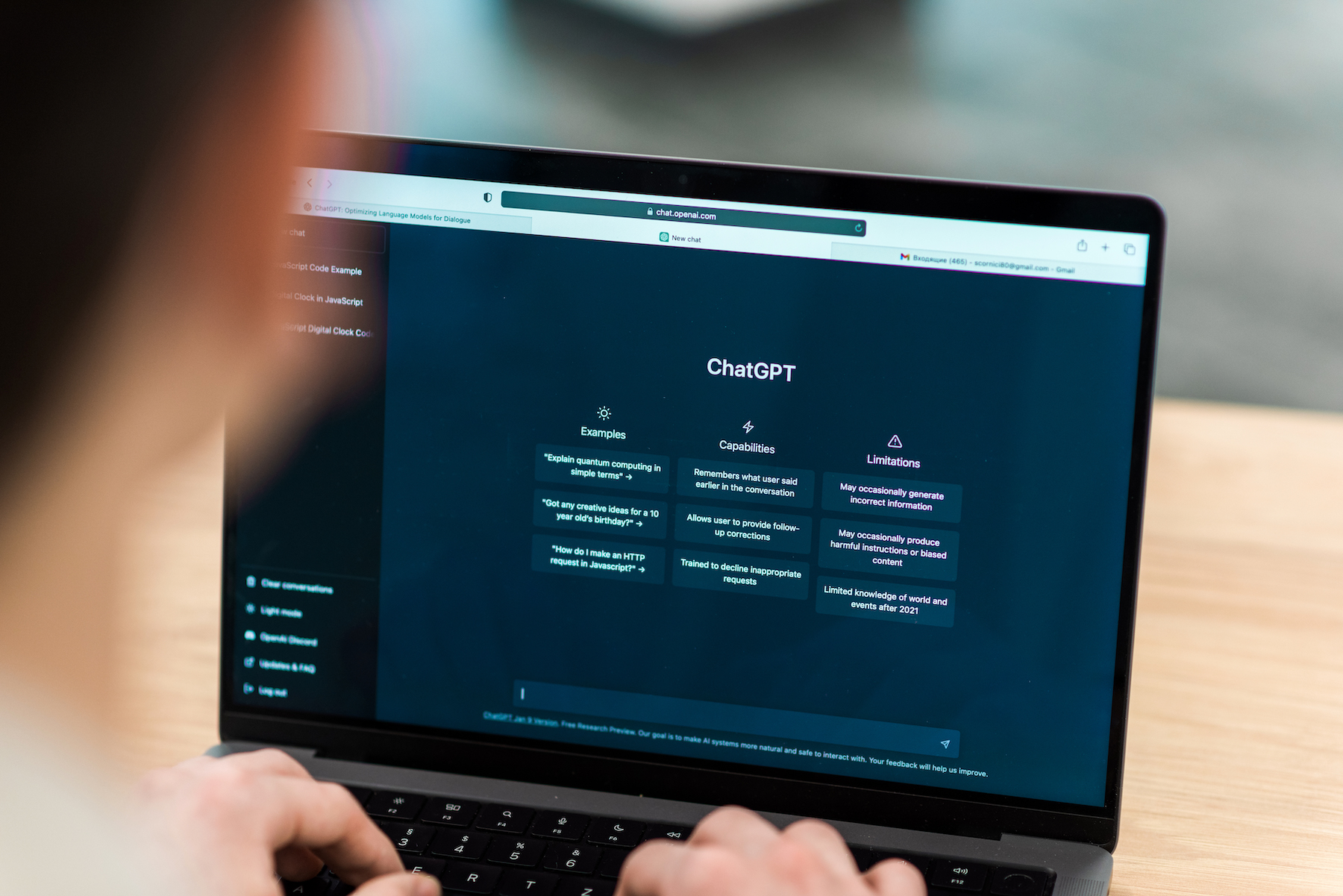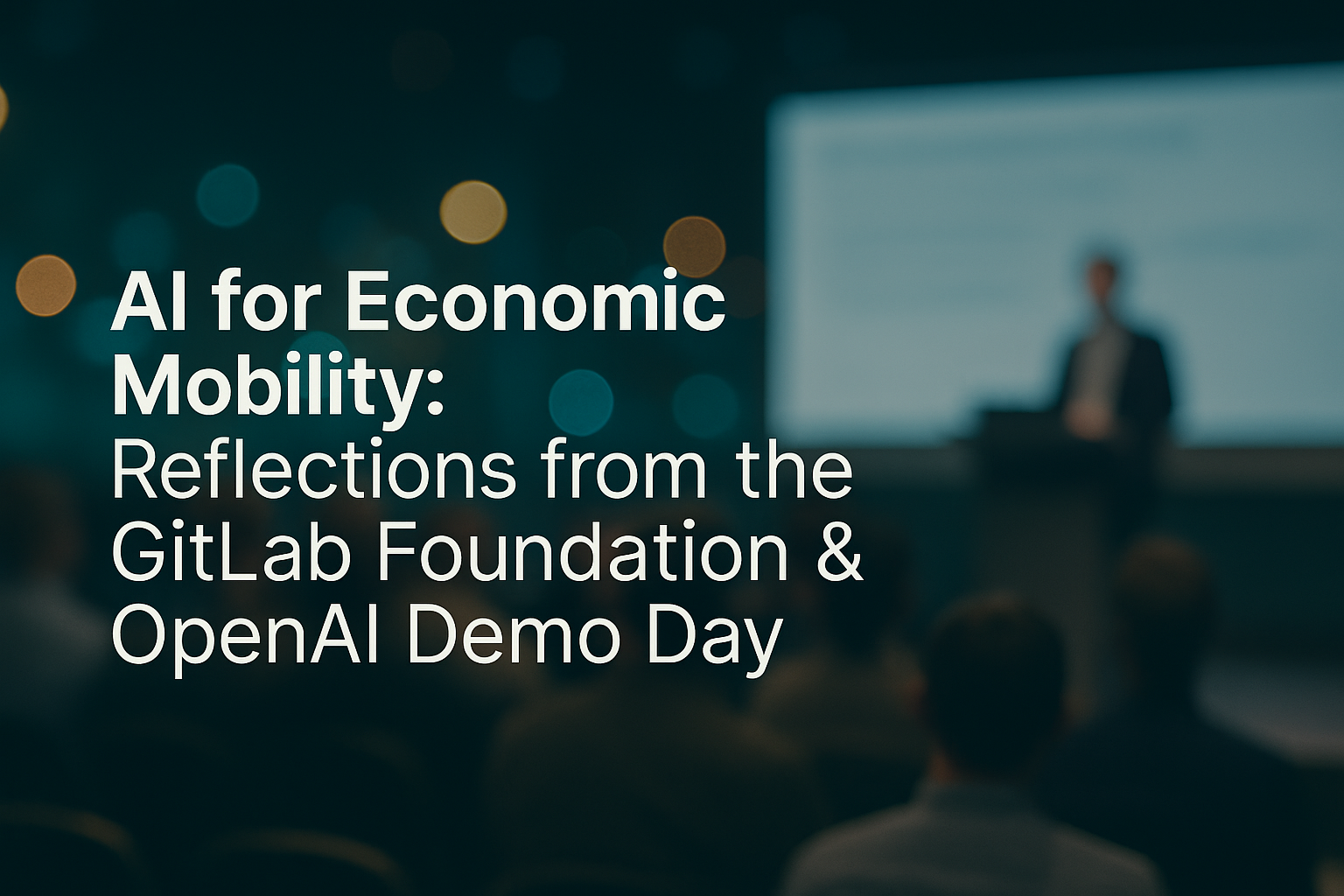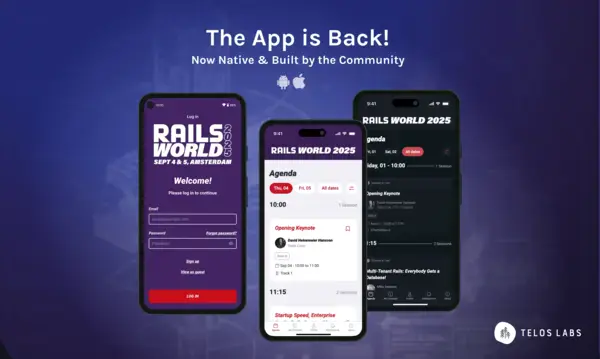Too often, artificial intelligence is framed only in terms of productivity gains or consumer convenience. What last week’s AI for Economic Opportunity Demo Day made clear is that AI holds revolutionary potential to improve society for those who are struggling the most.
For decades, technology has been optimized to sell more products, capture attention, and accelerate consumption. What if we reoriented that same technological firepower toward building resilience, opening opportunity, and dismantling barriers for people living on the margins?
That was the animating spirit of the Demo Day hosted by the GitLab Foundation and OpenAI Academy. I had the privilege of attending, representing our work at Telos as a trusted product and technology partner for SaverLife, and engaging with a room full of innovators, funders, and leaders committed to one vision: AI that serves ordinary people.
What emerged from the day was a compelling set of themes about how AI can support economic mobility. These are already being tested, piloted, and scaled by a diverse cohort of mission-driven organizations.
Funders have an important role to play by helping organizations have the resources to harness the ongoing AI revolution to build a future of shared prosperity. It was great to meet passionate representatives from the Gates Foundation, the Ballmer Group, Crankstart, DRK, and of course the Gitlab Foundation.
Emerging Themes in AI for Economic Mobility
1. Making Essential Services Accessible
The safety net in the United States is complex, fragmented, and underused. Millions of families leave benefits unclaimed because the systems are too confusing, time-consuming, or stigmatized to navigate. AI has the power to act as a navigator by removing friction, simplifying processes, and meeting people where they are.
Cohort Highlights:
- BestFit: Turning confusion into clarity for public benefits. Their AI-driven tools have delivered a 35% increase in SNAP access, with families unlocking an average of $659 per household.
- GiveDirectly (AidKit): Conversational AI that streamlines access to WIC, SNAP, and TANF. Their Rx Kids pilot has already delivered $12M to 3,000 moms in Michigan, improving health outcomes for both mothers and babies.
- Student Basic Needs Coalition: Helping students overcome food and housing insecurity by automating parts of the SNAP enrollment process and reducing reliance on paper forms and manual interactions.
2. Personalizing Financial Guidance
Money is deeply personal, and traditional financial tools often fall short for families with unstable incomes, gig work, or debt. AI can provide judgment-free, data-driven guidance that helps individuals make better decisions, claim benefits, and recover from setbacks. The promise lies in personalization at scale.
Cohort Highlights:
- SaverLife: Piloting AI financial navigators that use real data and conversational UX to guide families through savings, budgeting, and benefits.They’ve already reached over 1,000 users unlocking large gains in user retention, and are preparing a roll-out across 700,000 users.
- Social Finance: Using AI to streamline reporting and build public-sector capacity, saving 600+ hours annually for case managers in San Antonio. By making public finance systems more efficient, they free up resources to support families directly.
3. Building Skills, Credentials, and Pathways
The American economy undervalues skills that are not formally credentialed and excludes millions from opportunity. AI can help close this gap by surfacing hidden skills, converting incomplete coursework into recognized credentials, and matching learners with funding. This creates skills-first pathways to mobility without relying exclusively on traditional degrees.
Cohort Highlights:
- Credential Engine: Unlocking the potential of 37M Americans with incomplete college credit, helping them convert coursework into usable credentials that could close a $40K annual wage gap.
- Scholarship America: The world’s largest scholarship administrator ($5.7B awarded to 3.2M+ students). Their AI tool shifts scholarships from a confidence game to an equity-driven system, aiming to reach 1M more students with tailored funding.
- National Accreditation Commission (NAC): Building an AI-powered accreditation hub to govern workforce training programs. By aligning programs to high-wage, in-demand jobs, NAC aims to modernize oversight and safeguard billions in federal workforce funding.
- CampusEvolve: Piloting personalized conversational AI to help low-income students in Washington State navigate postsecondary success, with a focus on responsible AI and student wellbeing.
4. Supporting Workforce Readiness
Workers returning from incarceration, or those without a degree, often face systemic barriers in the labor market. AI can both equip individuals with job-readiness tools and help employers modernize hiring practices to value skills over credentials.
Cohort Highlights:
- Center for Employment Opportunities (CEO): Their AI “role-play coach” simulates job interviews, cold calls, and workplace conflicts. Early pilots with 100 participants and 50 staff have achieved a 90 NPS, with clear potential to scale to thousands of reentry organizations.
- Burnes Center: Running a New Jersey pilot to reform state hiring by eliminating unnecessary degree requirements. With 46.9% of NJ adults lacking college degrees, this work could open middle-class pathways to nearly half the workforce.

5. Expanding Justice
The legal system is labyrinthine and inequitable, especially for immigrants and incarcerated populations. AI can simplify navigation, increase accountability, and connect people with advocates, leveling the playing field in systems historically tilted against the vulnerable.
Cohort Highlights:
- Mobile Pathways: Their Pathfinder AI serves 7,000 immigrants daily through 140+ organizations, automating case deadlines, permit tracking, and alerts. The result has been fewer deportations and higher incomes.
- Justicia Lab: Offering AI-enabled tools like CitizenshipWorks and ReclamoApp to simplify immigration legal processes and connect families with trusted support.
- Recidiviz: Integrating fragmented prison and jail data for 247,000+ individuals, enabling fairer release decisions and reducing caseload burdens for overworked probation officers.
6. Modernizing Public Systems
Public agencies are under pressure to deliver more with less, but many lack the infrastructure to deploy AI responsibly. AI can act as an upgrade to public infrastructure by building hubs of knowledge, standardizing processes, and ensuring funds are spent effectively.
Cohort Highlights:
- Social Finance (again, through its AI Hub): Equipping government agencies with literacy training, procurement support, and agentic workflow testing. Their “AI Hub” is designed to be replicable across states and contexts.
- National Accreditation Commission (again, through systems governance): Standardizing workforce program reviews with AI verification and oversight, addressing billions in wasted funds.
Closing Reflections
The Demo Day was more than a showcase of projects. It was proof that AI can be directed toward equity, resilience, and mobility.
The organizations in this cohort are demonstrating what is possible when we focus AI not on consumer manipulation but on human empowerment. Their work represents a blueprint for an AI for impact ecosystem, one that shares best practices, builds responsibly, and amplifies the voices of those most affected.
The clarion call is clear. AI for economic mobility is not just a possibility. It is already underway.











